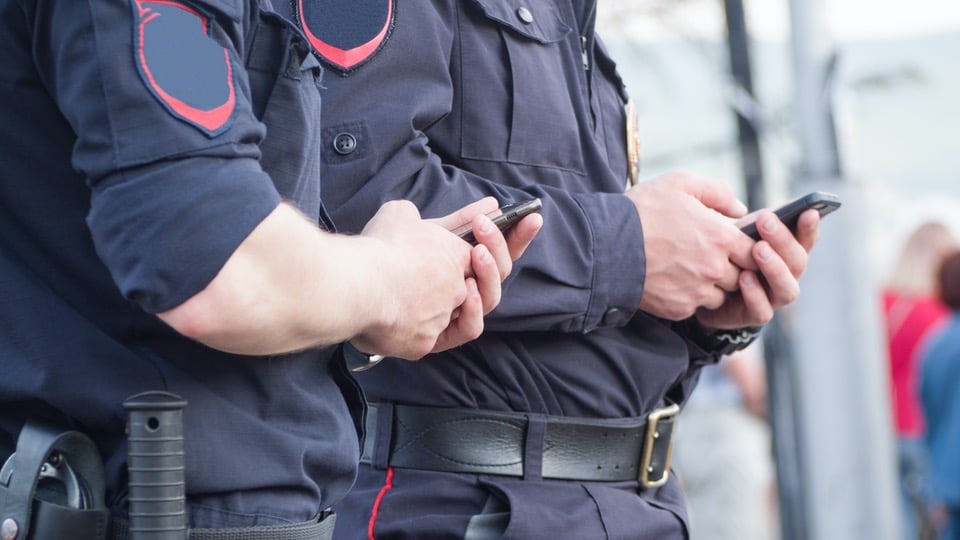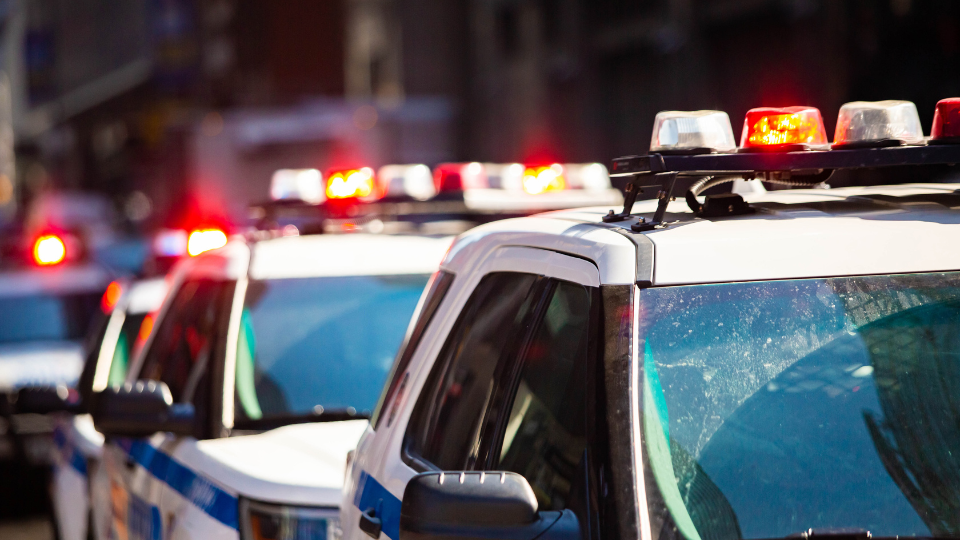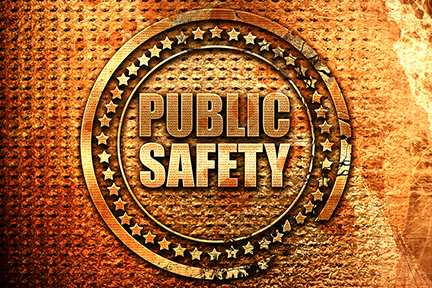
First response is a profession built on tradition. As such, members have shown a reluctance to accept changes in how they perform their duties – including new technology. But that is slowly changing. Before long, the use of mobile apps or similar advances will be as second nature as patrol cars, self-contained breathing apparatuses and portable radios. Most of today's first responders cannot remember, but the industry was slow to adapt each of those advances -- all of which have helped to shape it.
The Shift to Mobile in First Response
Despite recognizing the need to incorporate mobile equipment into their arsenal, many leaders were still reluctant. However, companies that develop mobile technologies for first responders started to add features that made them more appealing.
Increased Security
Emergency response apps can transmit or store a wide range of sensitive material. Whether it is a crime scene photo, witness statement, or unit capabilities, security has always been a concern. Today's mobile technology for public safety is designed to safeguard this information.
Public Safety Specific
In the beginning, first responders were forced to adapt a generally available app for use in a public safety role. A growing number of designers now offer mobile apps for first responders and will even customize for law enforcement, fire & rescue, or corrections.
An Enhancement, Not a Replacement
Decision-makers have realized technology does not intend to replace the dispatcher, firefighter or beat officer, but rather enhance their abilities. Technology, including mobile apps, allows the dispatcher to communicate more effectively using real-time information and employees in the field to have access to relevant information.
Benefits of Apps for First Responders
From a command perspective, several factors need to be considered when adopting new technology. Chief among these is improved performance. There are several ways that even simple mobile apps can accomplish this task.
Increased Real-Time Information
Getting information into the first responder's hands as soon as possible can make the difference between life and death or break an investigation. Even simple apps can accomplish this. They also allow any first responder to have access to the same information, whether on foot, horseback, or bike. The information can be pushed to a cellphone, tablet, or even a smartwatch.
Tracking and Scheduling
Increased productivity is directly tied to the effective deployment of resources combined with their operational readiness. Scheduling and tracking equipment are time-consuming tasks. What if this could be done electronically, changes made easily, and potential holes identified quickly? Need officers for a short notice special assignment? No more waiting for roll call, just push out a notice, and every officer can see it, respond, and submit requests in minutes. Need to know which unit's gear is due for replacement? With a click of a button, your electronic inventory will tell you in seconds.
Instant Access to Critical Information
Not long ago, first responders were limited in the type of information that was available to them in the field. Now, with nothing more than a smartphone, a first responder can access a wide range of mission-critical information. Need to know what the HAZMAT placard on an overturned truck means? There is an app for that. Searching for a missing child? There are apps to provide the weather, topography of the area, and even local arcades or playgrounds they may have gone to. Need to quickly snag GPS coordinates or track certifications? There are apps for these as well.
Video
We have entered an age where video is no longer a luxury; it is a requirement. While body cams and in-car video are not new, today's technology is smaller, higher quality, and uses the cloud to reduce the need to store information on site. Of course, we cannot forget abut drones. The ability to search a large area, have a bird's-eye view of the scene, or see what is on the other side of a door without endangering a first responder is priceless.
Instant Connection
Before COVID-19, instant access to personnel meant the ability to call or text an employee in the field. That all changed when meeting face to face became taboo. As organizations, including public safety personnel, were forced to meet virtually, instant access took on a new meaning. Now meetings, training, and even roll call can be done from anywhere.
Concerns About Mobile Apps
Technology is a double-edged sword. Despite the many advantages, there are some concerns to be aware of. Decision-makers must weigh these concerns against the potential advantages and have a plan to address them.
Cost
The first hurdle leaders face is the cost of new technology. It is important to remember this can be more than simply devices, software, or app costs. There can be ongoing costs for upgrades, IT support, and data storage.
Potential for Data Loss
Apps can allow staff to store a tremendous amount of data, but what happens if the support system crashes or you change vendors? You may lose access to data or even lose the data altogether. Make sure you know what can go wrong and have a backup plan.
Summary
There is no way to know what the future holds for technology in the public safety industry, you can be sure that technology is here to stay. Departments that do not embrace it will be at a disadvantage.
For more information about operational workforce management technology that improves first responder capabilities subscribe to our blog.


